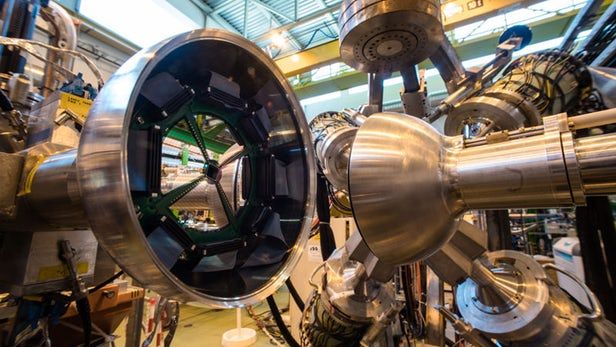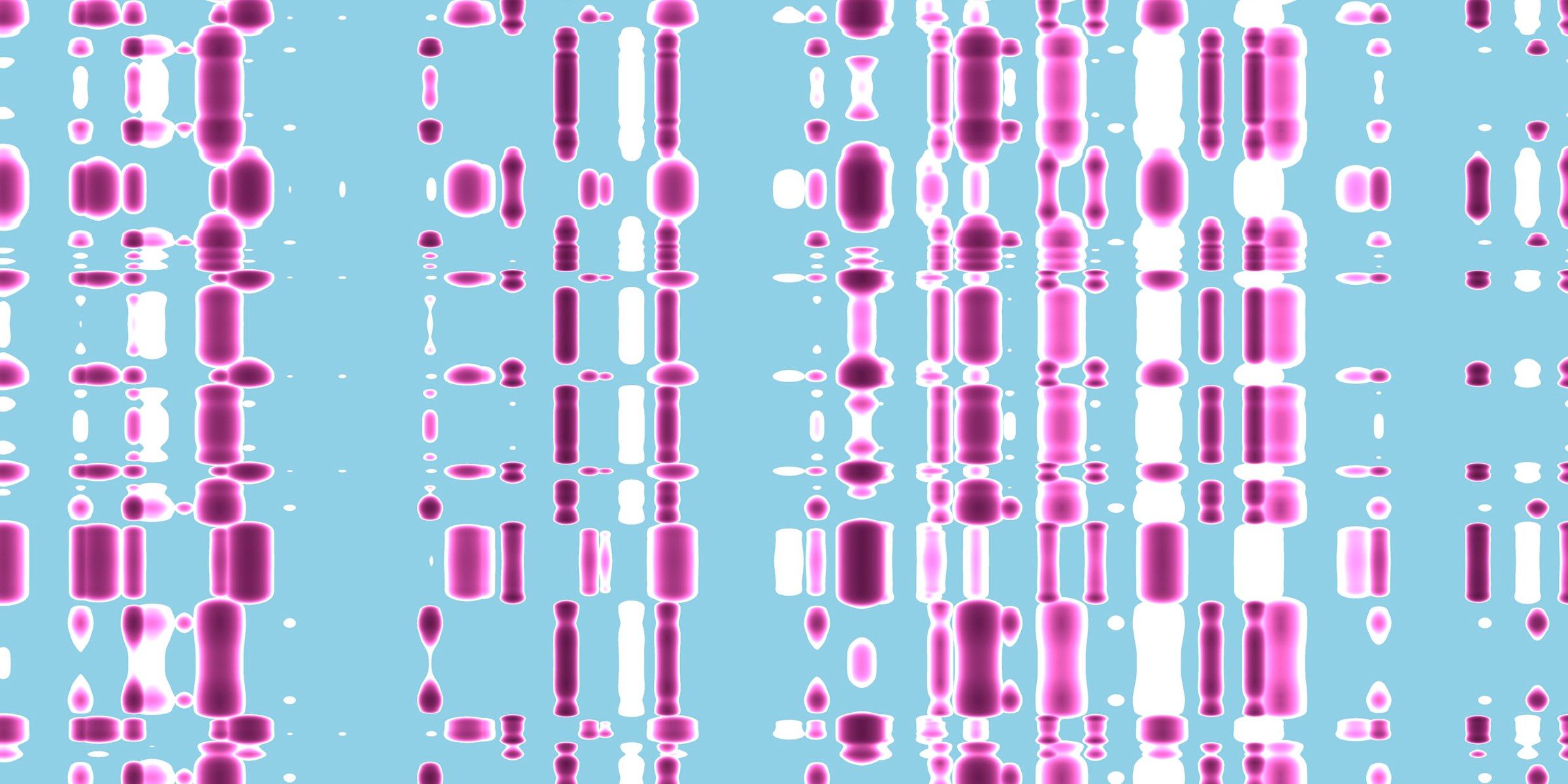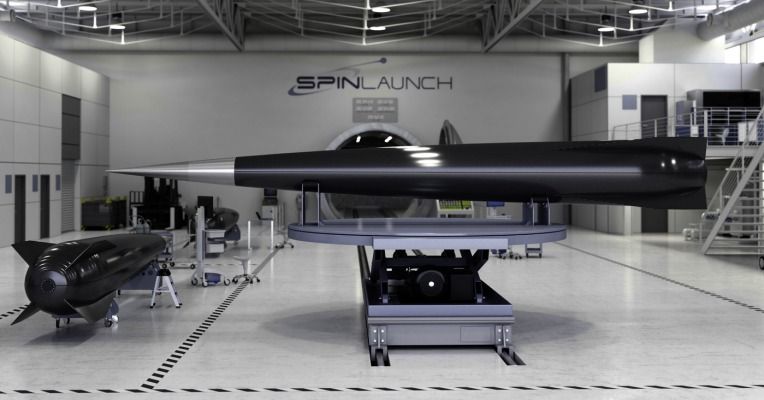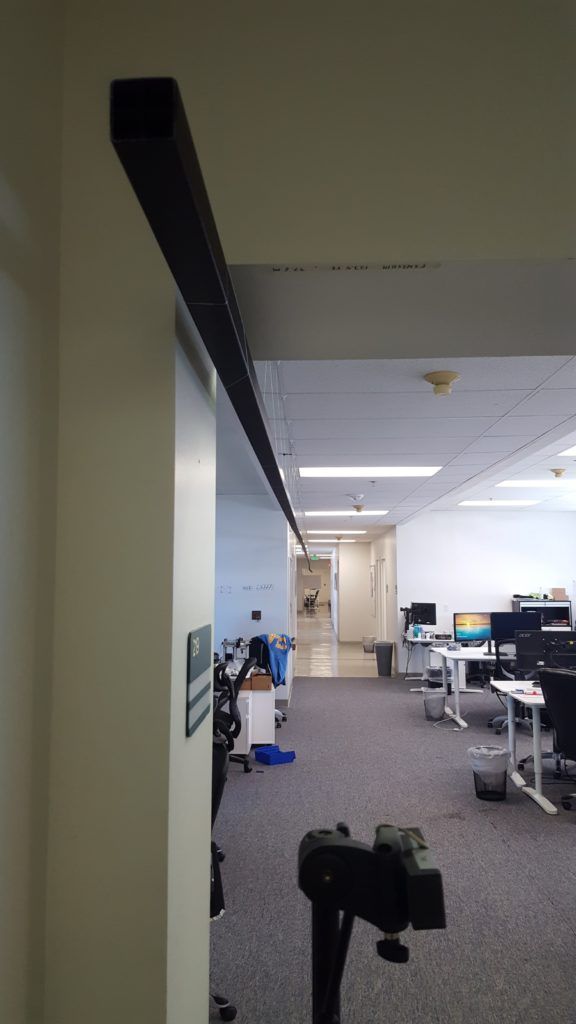
Get the latest international news and world events from around the world.



How ‘Cultural Evolution’ Can Give Us the Tools to Build Global-Scale Resilience
There’s an unsettling premise at the heart of Joe Brewer’s life’s work.
Brewer is a change strategist dedicated to ensuring a thriving global civilization exists 100 years from now—and he believes this is becoming less likely every year. There’s rising instability in our fragile and rapidly changing biosphere, he says, and society is unlikely to escape harm.
“We are going through a period of planetary change, and there is a collapse dynamic that’s already happening. The global scale social complexity we have today is at risk, and we may lose it,” he told me in a conversation for Singularity Hub.

CERN scientists get antimatter ready for its first road trip
Antimatter is notoriously tricky to store and study, thanks to the fact that it will vanish in a burst of energy if it so much as touches regular matter. The CERN lab is one of the only places in the world that can readily produce the stuff, but getting it into the hands of the scientists who want to study it is another matter (pun not intended). After all, how can you transport something that will annihilate any physical container you place it in? Now, CERN researchers are planning to trap and truck antimatter from one facility to another.
Antimatter is basically the evil twin of normal matter. Each antimatter particle is identical to its ordinary counterpart in almost every way, except it carries the opposite charge, leading the two to destroy each other if they come into contact. Neutron stars and jets of plasma from black holes may be natural sources, and it even seems to be formed in the Earth’s atmosphere with every bolt of lightning.

Meet the scientists running to transform Congress in 2018
But first, science candidates must win their races. Most face long odds. For starters, voters may be impressed by a candidate’s scientific credentials, but such background is rarely a decisive factor when they go to the polls. In addition, most of this year’s STEM candidates are political novices who are starting out far behind their opponents when it comes to knowing how to run a professional campaign.
House races feature unusual upsurge in entrants with technical backgrounds.
Do you see what I see? Researchers harness brain waves to reconstruct images of what we perceive
A new technique developed by neuroscientists at the University of Toronto Scarborough can, for the first time, reconstruct images of what people perceive based on their brain activity gathered by EEG.
The technique developed by Dan Nemrodov, a postdoctoral fellow in Assistant Professor Adrian Nestor’s lab at U of T Scarborough, is able to digitally reconstruct images seen by test subjects based on electroencephalography (EEG) data.
“When we see something, our brain creates a mental percept, which is essentially a mental impression of that thing. We were able to capture this percept using EEG to get a direct illustration of what’s happening in the brain during this process,” says Nemrodov.

Would an ethical government surrender control of monetary policy?
Godfrey Bloom is a member of the British Parliament. His in-your-face style of educating and shocking his peers has made him a controversial politician. He has occasionally been escorted out of the assembled parliament because of his rowdy rhetoric.
Consider the video below. Bloom offers a critical, but simple and clear explanation of the Fractional Reserve banking system used in the US and Europe. This gets to the heart of the matter! [continue below video]…
Conclusion (mine, and not Mr. Bloom’s): It is in the interest of governments to use a form of money that they cannot manipulate, print, spend, hide or lend without first earning, taxing or legitimately borrowing — and then balancing the books, openly.
Bitcoin is such a currency. Any country that adopts an open source, permissionless, and completely transparent monetary instrument will demonstrate to citizens and taxpayers that they respect their constituents and that they commit to balance their books like any state, corporation, NGO or household.
Would an ethical government surrender control of its own monetary policy? H*ll, yes! This is how a government avoids rampant inflation and the burden of non-consensual debt to future generations. It is also how a government makes taxation, redistribution and spending transparent and accountable. It is how a government restores trust.
We have been raised with centuries of dogma that teach us to accept inflation, and a constantly escalating public debt. Sometimes, the path forward is not immediately obvious. But history doesn’t lie. When trusted nations with large economies manipulate interest rates, borrow without a lender, or inflate a nation out of a crisis (what the US calls “quantitative easing”), the long term effect is certain to be no different than Argentina, Zimbabwe, Venezuela or Germany between the wars. It is a recipe for disaster. It places every citizen and their future children into debt-bondage.
Moving away from the Gold Standard in the 1970s was a risky maneuver. The risk was not abandoning a precious metal with intrinsic value—but rather it placed the full faith and credit of our economy in the hands of transient politicians, rather than in a capped commodity with certain and immutable properties.
Bitcoin is the new gold. It is capped, transparent, open-source, vetted and without a mechanism for quick or covert manipulation (the US calls this “raising the debt ceiling” and they do it every few months!). We may not move to an economy based on Bitcoin today or tomorrow, but that day is coming. Thankfully, it’s coming!
- Related: Is Cryptocurrency Good for Government?
Philip Raymond co-chairs CRYPSA, publishes A Wild Duck and hosts the New York Bitcoin Event. He was speaker at Cryptocurrency Conferences in Dubai, South Africa and India. Click Here to inquire about a presentation.

Made In Space Takes New Guinness World Record for Longest 3D Printed Part
In 2016, a new Guinness World Record was set for the largest object to be 3D printed in one piece. The ABS/carbon fiber composite tool was 3D printed in 30 hours, and measured 17.5 feet long, 5.5 feet wide, and 1.5 feet tall. It was about as long as an average sport utility vehicle. The part was inarguably an impressive accomplishment – but that long length cannot compare to what Made In Space just 3D printed.
Made In Space is known for some pretty impressive accomplishments already. The company was responsible for the first 3D printer to be launched into space, and has since created a full Additive Manufacturing Facility (AMF) on the International Space station. Plenty of “firsts” have been set by the AMF as 3D printed tools, medical supplies, art and more have been 3D printed in space, the first of their kind. Now Made In Space has claimed the Guinness World Record for longest non-assembled 3D printed object, and it’s a lot longer than an SUV – it’s 37.7 meters, or 123 feet, 8.5 inches long.
That also happens to be the length of Made In Space’s Moffett Field facility at NASA’s Ames Research Center. The beam is now hanging from the ceiling of the facility. It was 3D printed with the company’s Extended Structure Additive Manufacturing Machine (ESAMM), which is the internal 3D printer of the Archinaut system. Archinaut uses robotic arms to assemble pre-fabricated and 3D printed components into larger, more complex structures, and will eventually be installed in space where it can autonomously repair things like satellites.


Stealth space catapult startup SpinLaunch is raising $30M
What if instead of blasting cargo into space on a rocket, we could fling it into space using a catapult? That’s the big, possibly crazy, possibly genius idea behind SpinLaunch. It was secretly founded in 2014 by Jonathan Yaney, who built solar-powered drone startup Titan Aerospace and sold it to Google. Now TechCrunch has learned from three sources that SpinLaunch is raising a massive $30 million Series A to develop its catapult technology. And we’ve scored an interview with the founder after four years in stealth.
Sources who’ve spoken to the SpinLaunch team tell me the idea is to create a much cheaper and sustainable way to get things like satellites from earth into space without chemical propellant. Using a catapult would sidestep the heavy fuel and expensive booster rockets used by companies like SpaceX and Blue Origin.
SpinLaunch plans to use a centrifuge spinning at an incredible rate inside a vacuum that reduces friction. All that momentum is then harnessed to catapult a payload into space at speeds one source said could be around 3,000 miles per hour. With enough momentum, objects could be flung into space on their own. Alternatively, the catapult could provide some of the power needed with cargo being equipped with supplemental rockets necessary to leave earth’s atmosphere.

